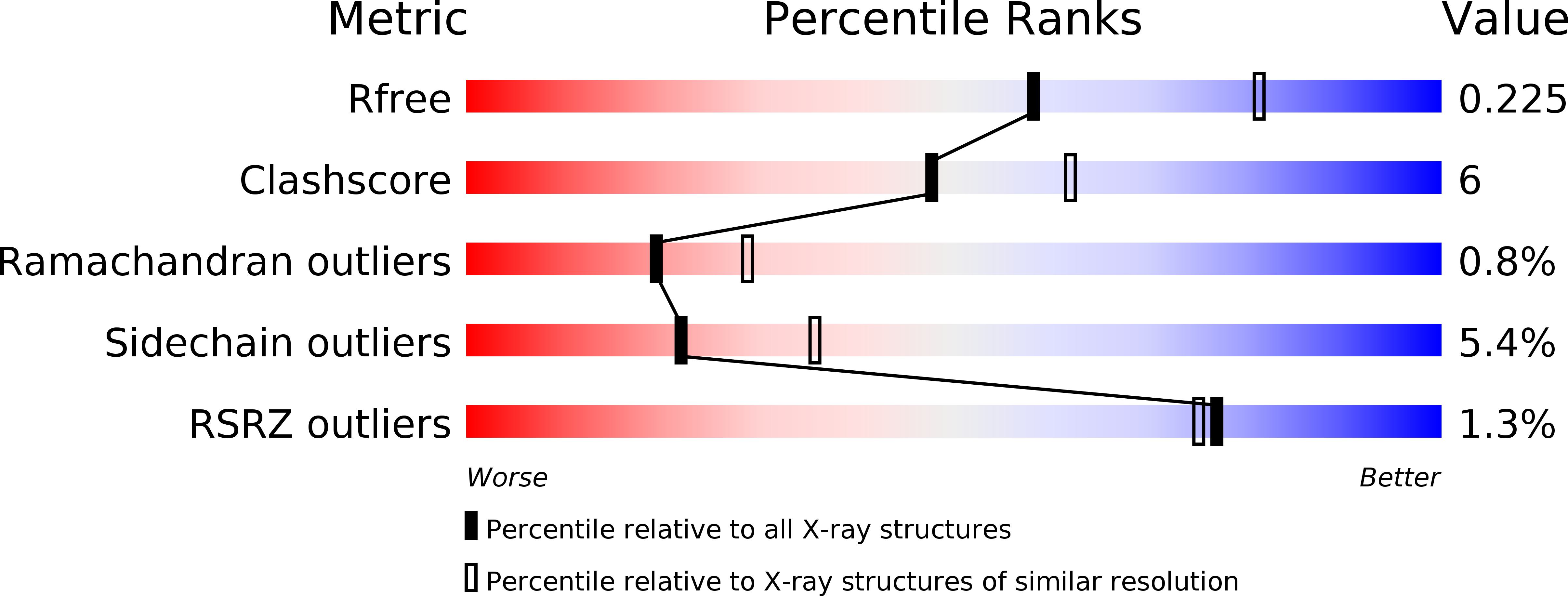
Deposition Date
2014-08-21
Release Date
2014-09-03
Last Version Date
2024-11-20
Entry Detail
PDB ID:
4W6Z
Keywords:
Title:
YEAST ALCOHOL DEHYDROGENASE I, SACCHAROMYCES CEREVISIAE FERMENTATIVE ENZYME
Biological Source:
Source Organism:
Saccharomyces cerevisiae (Taxon ID: 559292)
Host Organism:
Method Details:
Experimental Method:
Resolution:
2.40 Å
R-Value Free:
0.22
R-Value Work:
0.17
R-Value Observed:
0.17
Space Group:
P 3 2 1


